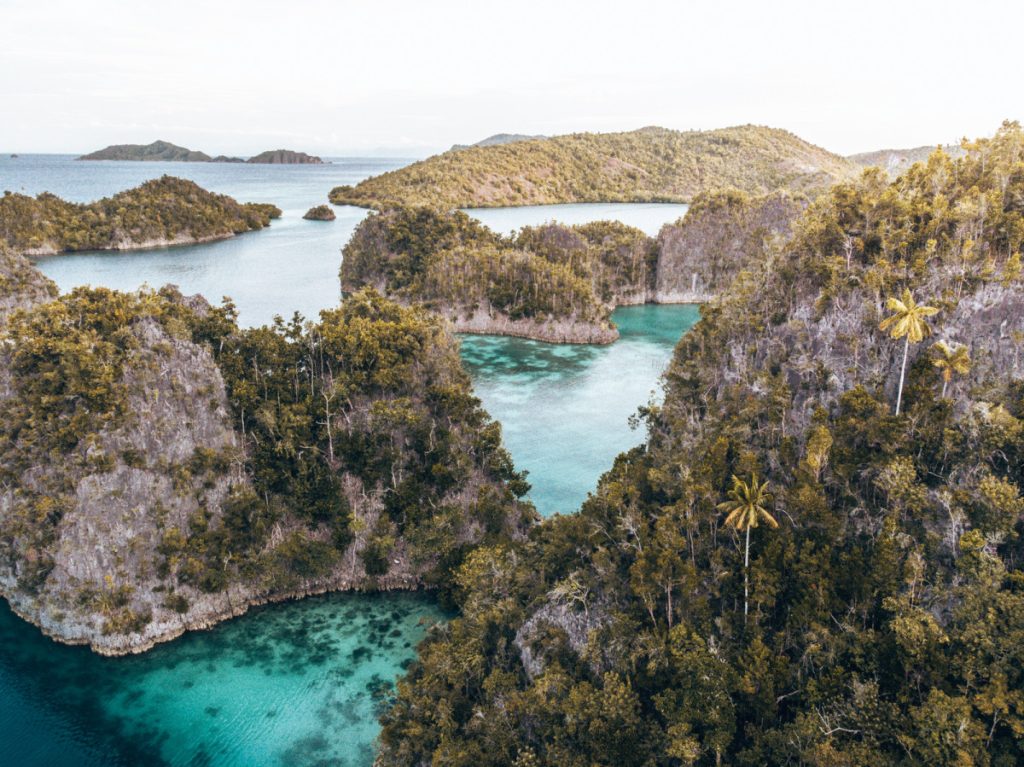Raja Ampat Islands, located in the heart of the Coral Triangle, is a photographer’s dream come true. This remote and pristine archipelago is home to an abundance of marine life. Stunning landscapes that will inspire even the most seasoned photographer. From crystal clear waters to vibrant coral reefs and from traditional villages to towering cliffs. The Raja Ampat Islands trip offers a diverse array of subjects for photographers of all skill levels.

Marine Life and Coral Reefs
Raja Ampat is home to an incredible diversity of marine life, including over 1,500 species of fish and 700 species of coral. The waters of Raja Ampat Islands are renowned for their crystal clear visibility. Which allows photographers to capture the vibrant colors and intricate details of the coral reefs and marine life. Photographers can explore the reefs on scuba diving trips or by snorkeling. They can also book liveaboard trips to access remote locations and experience the best diving conditions.

One of the most popular subjects for photographers in the Raja Ampat archipelago is the incredible array of fish species. From tiny pygmy seahorses to schools of colorful tropical fish, the waters around Raja Ampat offer endless opportunities for capturing beautiful underwater images. Photographers can also encounter larger marine life, such as manta rays, sharks, and even whale sharks.
Traditional Villages and Landscapes on Raja Ampat Islands
In addition to its marine life, the Raja Ampat archipelago offers a wealth of photographic opportunities on land. The traditional villages on the islands are a treasure trove of cultural and architectural subjects. Photographers can capture images of the local people’s traditional houses, boats, and daily life. The local culture is rich with tradition and customs, which can be captured through photographs of traditional dances, ceremonies, and festivals.
The landscapes of the Raja Ampat are equally diverse and breathtaking. Photographers can capture images of towering cliffs, lush rainforests, and secluded beaches. The islands are also home to various bird species, which can be photographed in their natural habitats. The best time to photograph landscapes is sunrise or sunset when the light is most beautiful.
Challenges and Best Practices
Photographing in Raja Ampat does come with its own set of challenges. The remote location of the islands can make logistics difficult, and photographers should plan to ensure they have everything they need. Photographers should also be aware of the local customs and etiquette when photographing traditional villages and people.
To make the most of your photographic experience in Raja Ampat, it is essential to be prepared and to research the best locations and times to photograph. Investing in quality equipment and taking the time to practice your skills before your trip is also important.